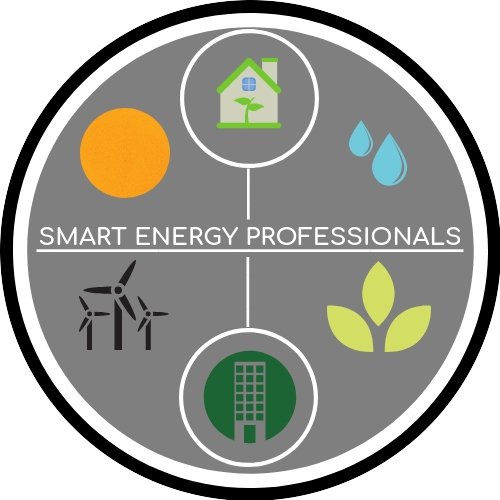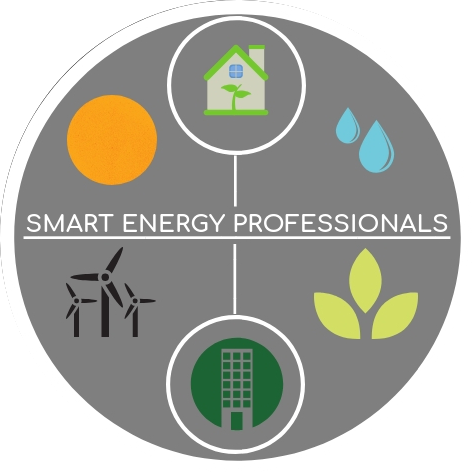Understanding Residential Air Quality in Maryland: A Comprehensive Guide
Welcome to our comprehensive guide on residential air quality in Maryland. In this blog, we will explore the importance of maintaining clean indoor air, the factors that affect air quality, and practical tips to improve the air you breathe at home. With Maryland residents spending a significant amount of time indoors, understanding and addressing air quality concerns is essential for promoting health and well-being. So, let's dive in and learn more about residential air quality in Maryland.
The Significance of Residential Air Quality: Residential air quality refers to the condition of the air inside your home and its impact on your health and comfort. Poor indoor air quality can lead to a range of health issues, including allergies, respiratory problems, and even more severe conditions. In Maryland, where weather conditions may necessitate extended periods indoors, maintaining good air quality is particularly important for residents' overall well-being.
Factors Affecting Indoor Air Quality: Several factors can contribute to poor indoor air quality. Understanding these factors can help you identify and address potential sources of pollution in your home.
Some key factors include:
a. Allergens and Pollutants: Dust mites, pet dander, pollen, mold spores, and volatile organic compounds (VOCs) from cleaning products and household items can contribute to poor air quality.
b. Ventilation: Inadequate ventilation traps indoor pollutants and prevents fresh air exchange, leading to a buildup of contaminants.
c. Combustion Appliances: Improperly maintained or poorly ventilated gas appliances, such as stoves, furnaces, and water heaters, can release harmful gases like carbon monoxide.
d. Building Materials: Certain construction materials, such as paints, varnishes, carpets, and pressed wood products, may emit VOCs that impact indoor air quality.
Tips to Improve Residential Air Quality in Maryland:
To enhance the air quality within your home, consider implementing the following measures:
a. Regular Cleaning: Frequent dusting, vacuuming with a HEPA filter, and mopping can help reduce allergens and dust particles.
b. Proper Ventilation: Open windows whenever possible to promote fresh air circulation. Additionally, ensure that exhaust fans in kitchens and bathrooms are functioning well.
c. Indoor Plants: Certain plants, such as spider plants and peace lilies, can help purify the air by removing harmful toxins. Incorporating indoor plants can be a natural and aesthetic way to improve air quality.
d. Air Filtration and Purification: Consider using high-quality air filters in your HVAC system to capture airborne particles. Portable air purifiers can also be effective in removing pollutants from specific rooms.
e. Controlling Humidity: Keep humidity levels in check, as high humidity can promote mold growth. Use dehumidifiers in damp areas and fix any leaks or moisture issues promptly.
f. Proper Ventilation of Combustion Appliances: Ensure that all gas appliances are properly installed, maintained, and adequately vented to prevent the release of harmful gases.
g. Non-Toxic Cleaning Products: Opt for environmentally friendly cleaning products with low VOC content to minimize the release of harmful chemicals into the air.
Seeking Professional Assistance:
If you have persistent air quality concerns or suspect a significant source of pollution, it may be beneficial to consult professionals. Consider the following:
a. Indoor Air Quality Testing: Professional air quality assessments can help identify specific pollutants and provide recommendations for improvement.
b. HVAC Maintenance: Regular maintenance of your heating, ventilation, and air conditioning (HVAC) system ensures optimal performance and minimizes the potential for indoor air pollution.

